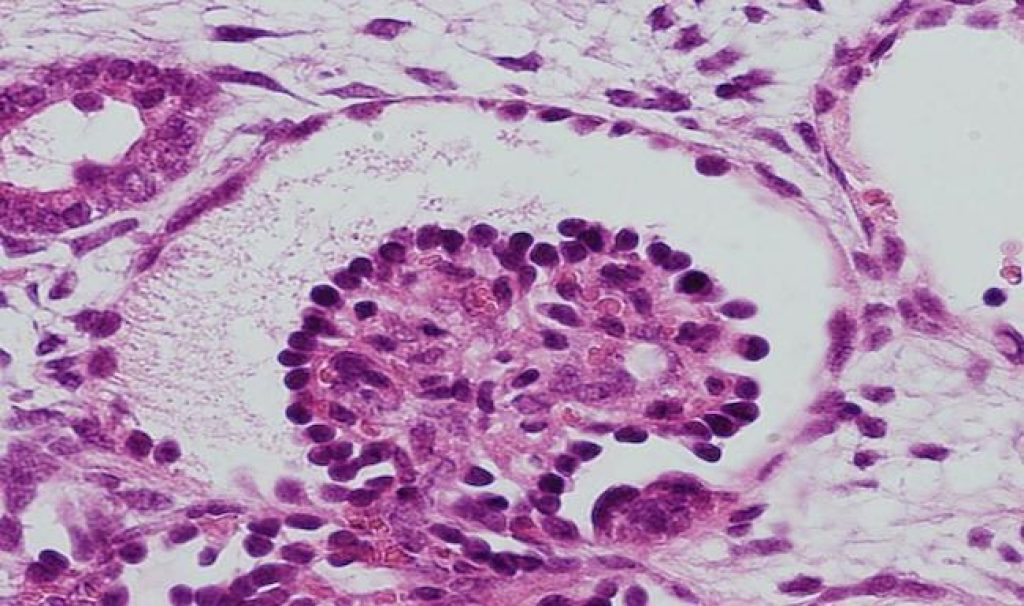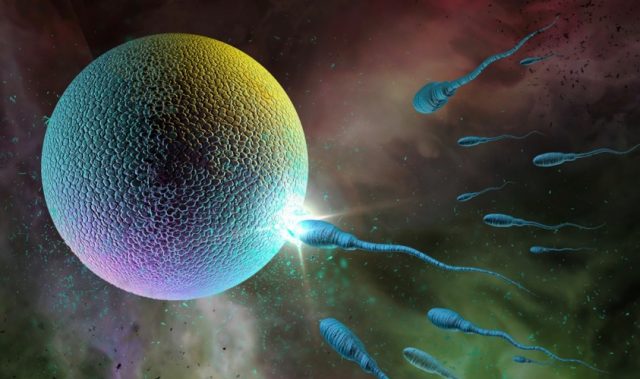
AsianScientist (Nov. 24, 2015) – In a world first, Kumamoto University researchers have successfully connected mouse kidney capillaries with kidney tissue derived from human induced pluripotent stem (iPS) cells.
Their findings, reported in the Journal of the American Society of Nephrology, show that human kidney glomeruli engineered in vitro can connect to blood vessels after transplantation and form characteristic filtration membrane structures.
In the field of iPS cell-based regenerative medicine, research into organs and tissues such as the retina has shown steady progress. On the other hand, creating a kidney has been extremely difficult.
At the end of 2013, scientists at Kumamoto University reported the successful creation of an in vitro three-dimensional kidney structure from human iPS cells. However, it remained to be determined how similar kidney tissue formed in vitro was to tissue formed de novo.
Additionally, the original kidney tissue was not connected to any blood vessels, even though the primary function of the organ is to filter waste products and excess fluid from the blood. Filtration in the glomerulus is performed by cells called ‘podocytes’ that are in direct contact with the blood vessels.
“We focused on analyzing the podocyte of the glomeruli in detail,” said Professor Ryuichi Nishinakamura, who led the research. “First, by genetically modifying the iPS cells, we created human kidney tissue in vitro with green fluorescence. Then, we visualized how human glomeruli became established.”
By extracting only the podocytes, the researchers revealed that glomerular podocytes engineered in vitro expressed genes important for normal biological function.
When the human iPS cell-based kidney tissue was transplanted into mice, they formed glomeruli connecting to mouse kidney capillaries. The podocytes further matured around adjacent blood vessels and formed characteristic filtration membrane structures.
“We are now working to create a discharge path for the kidney and combine it with our findings on glomerular cells. We hope to advance manufactured kidney gain-of-function to produce and excrete urine,” said Nishinakamura. “Also, by using iPS cells from patients, development of new drugs and clarification of the causes of kidney disease are also expected.”
The article can be found at: Sharman et al. (2015) Human Induced Pluripotent Stem Cell-derived Podocytes Mature into Vascularized Glomeruli Upon Experimental Transplantation.
———
Source: Kumamoto University; Photo: Ryuichi Nishinakamura.
Disclaimer: This article does not necessarily reflect the views of AsianScientist or its staff.












